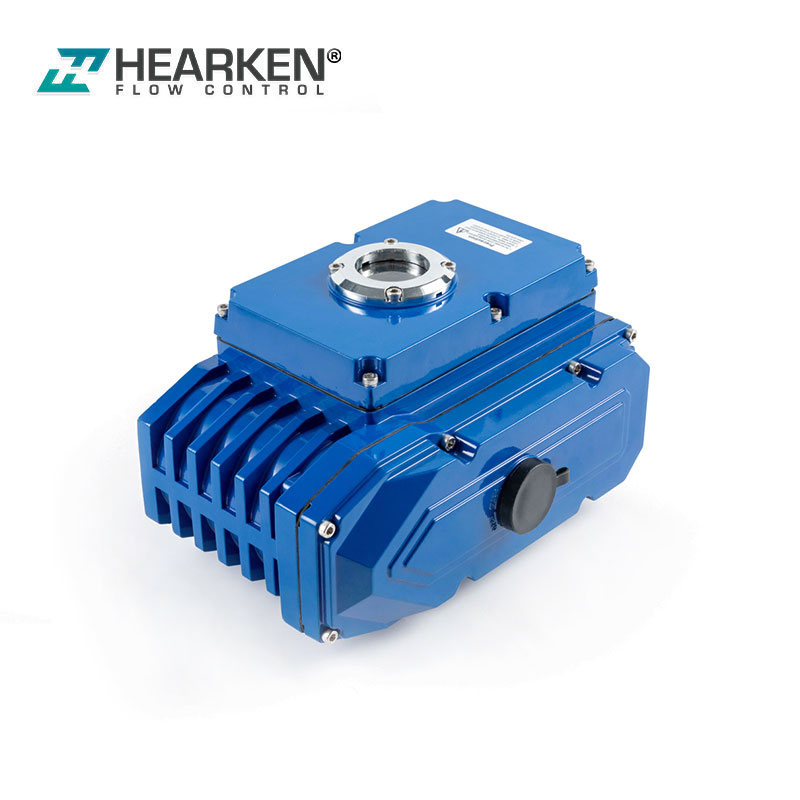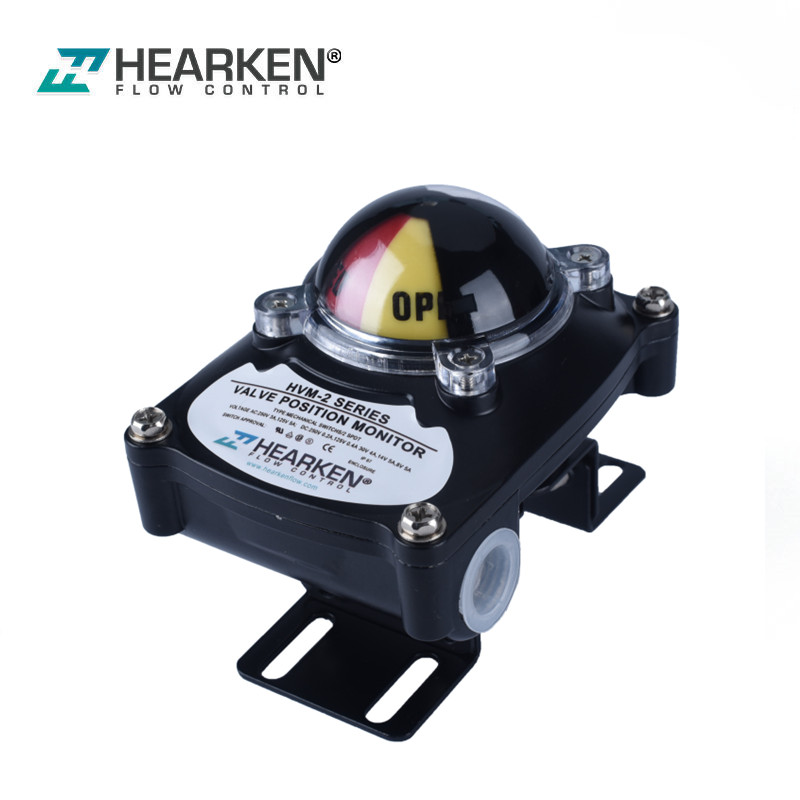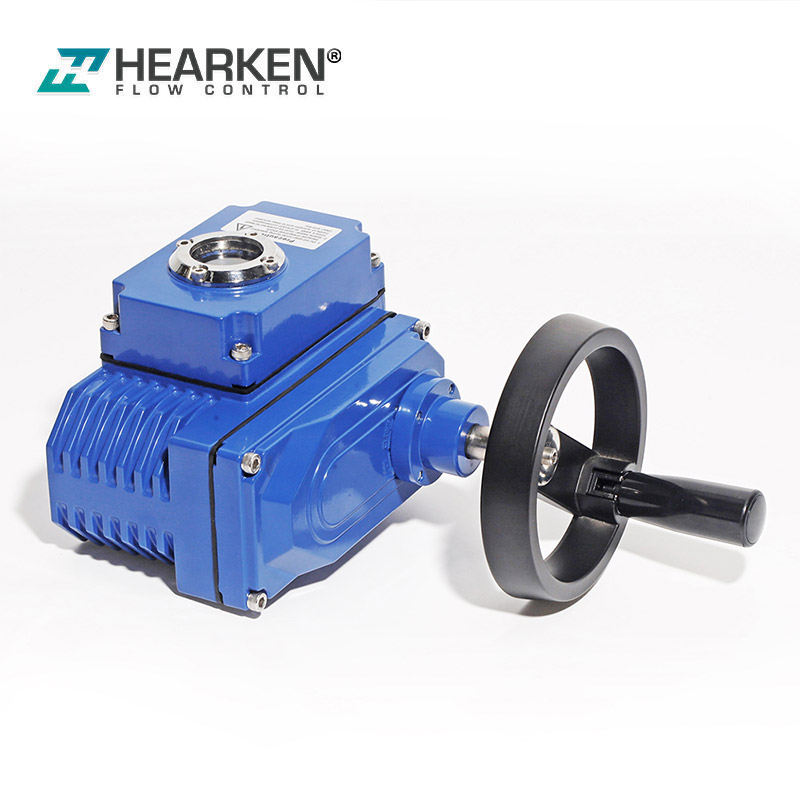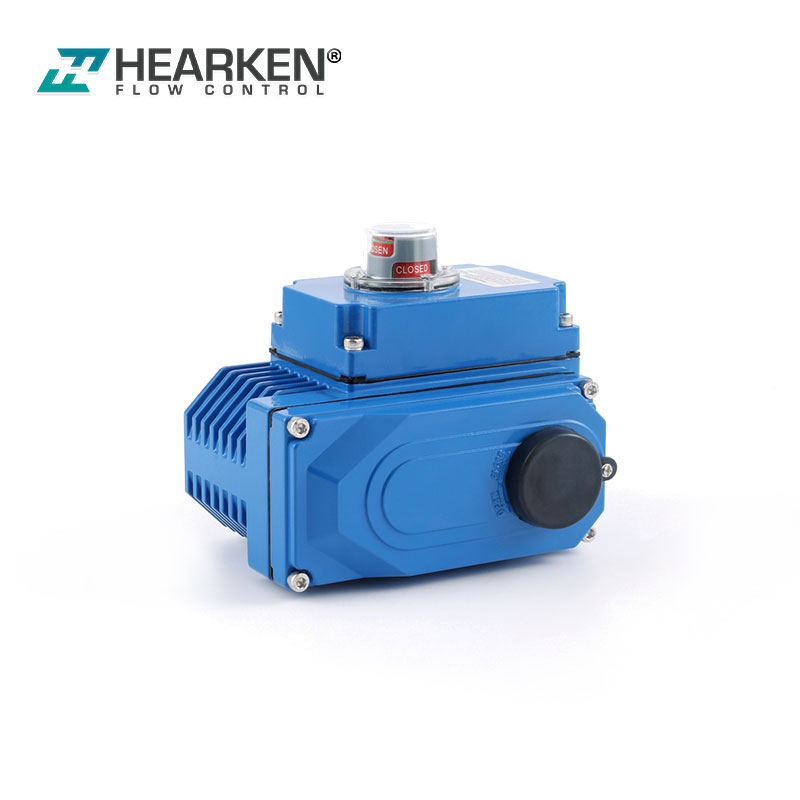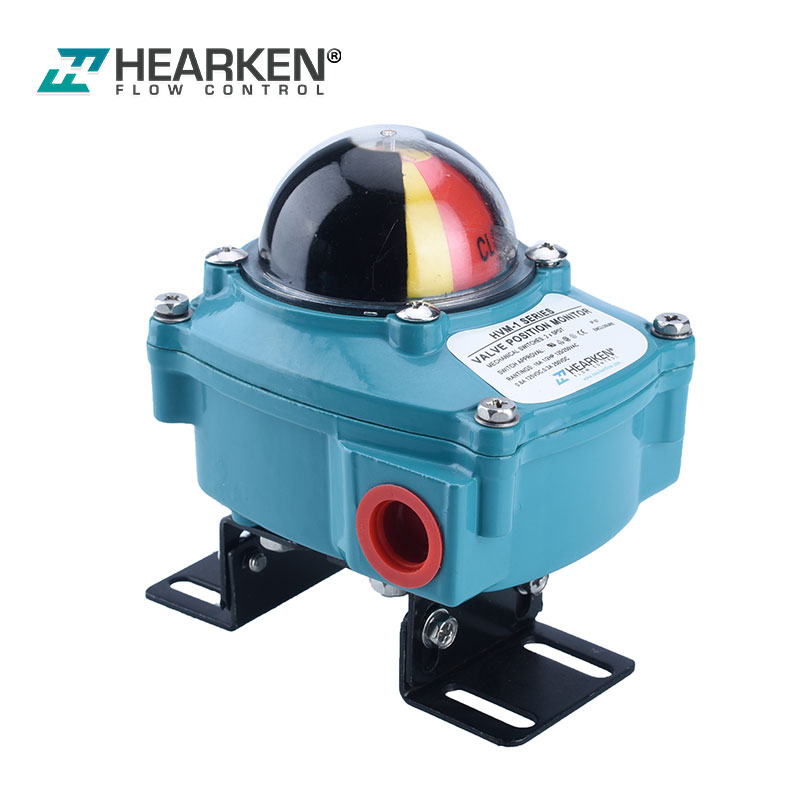What is the Common faults and How to repair methods for electric actuators.
1. Indicator light failure
-
Fault phenomenon:
After powering on the electric actuator, I found that the power indicator light did not light up, the servo amplifier board had no feedback, and the signal did not act.
Fault diagnosis and repair process:
Because the power indicator light does not light up, first check whether the fuse is open circuit. After checking that the fuse is intact and based on the fault phenomenon, it can be inferred that the fault may occur in the power supply part of the servo amplifier board . Then check the power indicator light and use a multimeter to detect the indicator light. Open circuit, replace the indicator light to eliminate the problem.
Conclusion: An open circuit of the power indicator light will cause the entire servo amplifier board to stop working.
-
Fault phenomenon: (discovered during debugging)
After the actuator of the electric actuator is energized, the signal can be turned on but cannot be turned off.
Fault diagnosis and maintenance process: First carefully check the feedback line to confirm that the feedback signal is not faulty. When the on signal is given, the on indicator light lights up, indicating that the switch is normal. When the off signal is given, the off indicator light does not light up, indicating that there is a problem with the off thyristor part. First of all Check the off indicator light. Use a multimeter to detect that the off indicator light is open. Replace it and eliminate the fault.
Conclusion: When the off and on indicator lights are off (open circuit), the thyristor does not move.
2. Resistor-capacitor
-
Fault phenomenon:
After the electric actuator is powered on and a signal is given (e.g. 75%), the actuator will fully open and then return to the specified position (75%).
Fault diagnosis and repair process:
According to the above fault phenomenon, we should first determine which one is faulty, the servo release board or the actuator. Remove the servo release board from the actuator, connect the power line directly to the X5/1 and X5/4 terminals, the actuator will move in the closing direction , connect the power line to the X5/1 and X5/2 terminals, the actuator will move in the opening direction. If the actuator does not move normally, it means the fault is in the actuator. Use a multimeter to measure the motor winding and it is normal. Then measure the resistance on both sides of the capacitor and find that there is an open circuit. Replace it and the fault is eliminated.
Conclusion: When encountering the above fault phenomenon, we must first determine which part the fault occurs in, and finally determine the root cause.
-
Fault phenomenon:
After the actuator is powered on, a closing signal (4mA) is given to the actuator to fully open first and then fully close.
Fault diagnosis and repair process:
First remove the servo amplifier board , directly energize the actuator and find that the original fault still exists. Check the resistor. The resistance value of the resistor is normal, indicating that there is no problem with the resistor. Check the motor windings and find that the resistance value is normal and there is no problem with the motor. It is inferred from this fault that the capacitor may be bad. Replace the capacitor and eliminate the fault.
Conclusion: When this problem occurs, first suspect the resistor and capacitor.
3. Others
-
Fault phenomenon:
As long as the AC220V power supply is supplied to the site, the protective switch will immediately act (trip) and the actuator's servo amplifier will burn out.
Fault diagnosis and repair process:
First, use a multimeter to test the motor winding on the actuator. It is found that the resistance of the motor winding tends to zero, indicating that the motor is short-circuited. Then, the resistance at both ends of the brake is tested. The resistance tends to infinity, indicating that the brake is broken. Normally it should be about 1.45K. . The final solution is to replace the brake and motor with new ones, install the fuse on the servo amplifier board, re-debug, and restore normal operation.
Conclusion: This situation is probably caused by the fact that the motor was locked after the brake was broken but was not discovered in time on site, causing the motor to be blocked and heated for a long time. The work eventually caused the motor phase insulation to be damaged.
-
Fault phenomenon:
The action direction of the actuator is not controlled by the input signal.
Judgment and maintenance process:
First check that there are no abnormalities in the two current-limiting resistors and phase-shifting capacitors. Use a multimeter to check the motor winding resistance. It is found that the motor resistance value is 1.45MΩ (and changes from time to time), indicating that the motor winding is wrong. The final solution is to replace it. got this motor.
-
Fault phenomenon:
The action direction of the actuator is not controlled by the servo amplifier board .
Fault diagnosis and repair process:
First, let the user use a multimeter to detect the two current-limiting resistors, the phase-shifting capacitor and the motor winding resistance. The user's inspection results are consistent with the final data we provide. The three factors that affect the steering of the actuator are ① the winding of the motor itself ② the current-limiting resistor ③ the phase-shifting capacitor. Apart from these three factors, there are no other possibilities.
-
Fault phenomenon:
No matter what signal is given on site, the motor will not move.
Fault diagnosis and repair process:
The motor does not transmit when the power is directly supplied between the motor windings. The motor still does not rotate when the brake is removed and the power is supplied. The resistance of the motor winding is normal, and the handwheel actuator operates normally. The test results are all normal, but the motor does not rotate when the power is supplied. At this time, the motor rotor is suspected. The motor is disassembled and it is found that the rotor cannot be turned by hand. It turns out that there is a solid layer of dust between the rotor and the motor end cover. After removing this layer of dust and adding a little lubricating oil, it can be turned by hand. Reinstall the motor and install it with the actuator. It is normal when the power is supplied and re-debugged.

